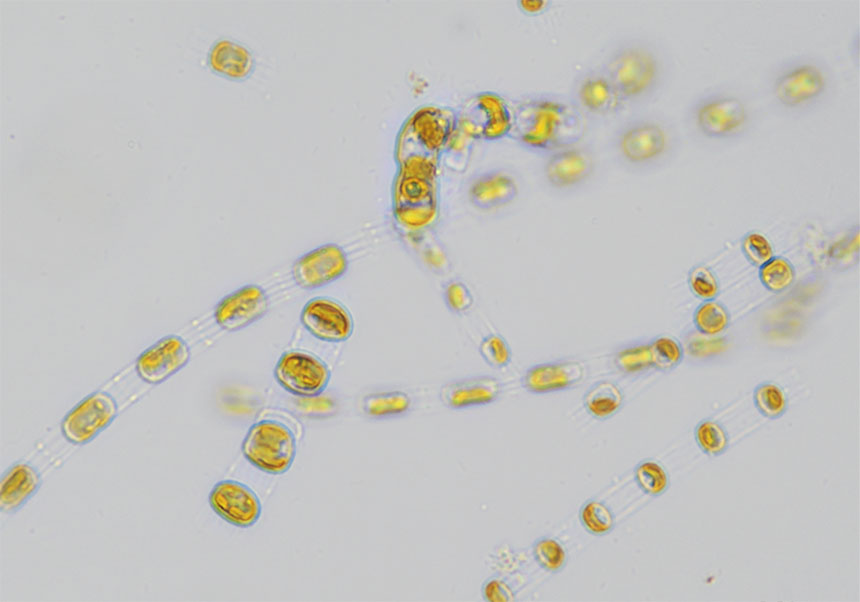The University develops a new methodology to diagnose attention deficit hyperactivity disorder
- Scientific Culture and Innovation Unit
- November 11st, 2019

A multidisciplinary scientific team, formed by specialists from three universities in Physics, Mathematics and Psychology and of which Esperanza Navarro, a researcher at the University of Valencia, is part of, has developed a new methodology for rapid prediagnosis of one of the most frequent pathologies in girls and school-age children, attention deficit hyperactivity disorder (ADHD).
With the work a simple, fast and automated methodology has been developed that can be applied to children with cognitive and attention disorders in general. For this, the research team has based on global prevalence data and correlation evidence found between the response time to visual stimuli in computerised tasks and cognitive disorders in general, and with attention deficit hyperactivity disorder (ADHD) in particular.
The team of the University of Valencia (UV), the Polytechnic University of Valencia (UPV) and the Polytechnic University of Madrid (UPM) also notes that the final diagnosis must be made by specialists in clinical psychology or psychiatry, and the selection provided by this methodology will allow a smaller number of girls and boys to be evaluated, which would help save time and other resources. This research has been published in the journal Mathematics.
The American Psychiatric Association establishes that between 5 and 7 out of every 100 school-age children can be diagnosed with attention deficit hyperactivity disorder (ADHD), making it one of the most prevalent pathologies in childhood globally. The diagnosis of this type of cognitive disorder is usually a difficult process and interviews are usually conducted with the child and his family, and people in the school environment. ADHD is related to behaviour problems, academic achievement, school adaptation or lack of social skills; thus having a quick diagnosis is a very valuable element.
To this end, the study aims to provide a methodology for a rapid determination of people whose reaction over time differs from the average and, therefore, are potential candidates to be diagnosed with ADHD.
The authors of this study analysed the response to short presentation stimuli, through the probability distribution functions of the response times collected during the experiments. An essential element was the adjustment of the experimental probability functions to exGaussian curves.
The new methodology is based on procedures that are not standard within Psychology, derived from a constant inspiration in concepts of Physics and Mathematics. For example, when selecting candidates furthest from the normative behaviour of boys and girls, the authors have taken into account the asymmetries of the probability distributions of the exGaussians parameters.
“Rapid prediagnosis consists, in short, in the processing, automatically and instantaneously, of the children response times when they perform an experiment developed with visual stimuli on a computer”, the specialists point out.
The test is very simple to implement in schools or health centres and to respond. On this basis, the experts (psychologists or psychiatrists) can have an accurate idea of the possible candidates to be diagnosed with ADHD within a school-age population. “We just have to imagine what would it cost, when it comes to human resources, to carry out a massive evaluation to detect ADHD”, the article concludes.
These research is part of the doctoral thesis that Moisés Hernaiz is developing at the Polytechnic University of Valencia. The research team is led by Esperanza Navarro, a professor in the Department of Evolutionary and Educational Psychology; José María Isidro and Pedro Fernández de Córdoba (UPV); and Juan Carlos Castro (from the UPM, although currently linked to the UPV).
Article:
M. Hernaiz-Guijarro, J. C. Castro-Palacio, E. Navarro-Pardo, J. M. Isidro, and P. Fernández-de-Córdoba. «A Probabilistic Classification Procedure Based on Response Time Analysis Towards a Quick Pre-Diagnosis of Student’s Attention Deficit». Mathematics, 7 (5). Article Number: 473. DOI: 10.3390/math7050473. May 2019.
















